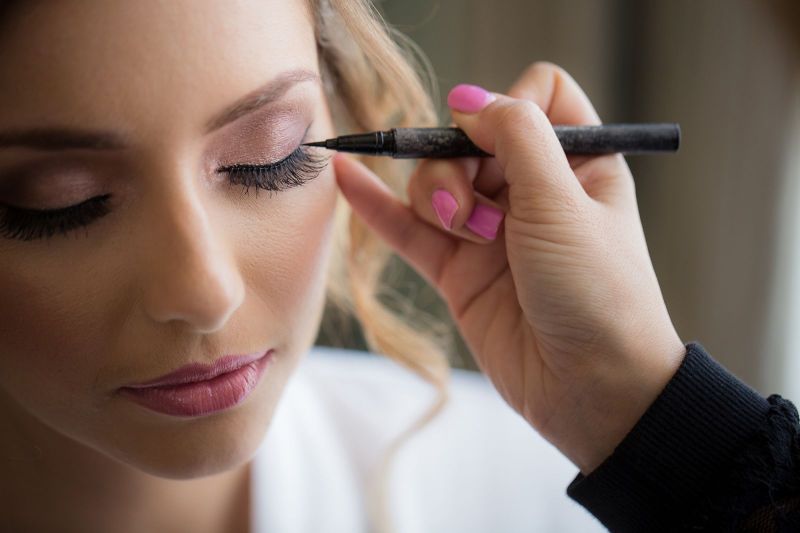Wide angle lenses enable architectural photographers to provide the necessary perspective to place a structure within its context while remaining relatively close in proximity. The drawback the to these lenses is the distortion they create at any a given angle.
Structures that are perfectly aligned in reality are skewed and create an unnatural representation of the subject in your image. The remedy, of course, is the power of post processing tools found programs such as Lightroom. Today, we’ll look at a tutorial from Nathaniel Dodson from TutVid on how to combat lens distortion from wide angle lenses.
[REWIND: WHAT ARE THE BEST LIGHTS FOR STILL LIFE & PRODUCT PHOTOGRAPHY?]
Getting Started
In the “Develop” module, there is a tab called “Lens Corrections”, in which you can find the subheading “Profile”. This is what Lightroom uses to automatically make adjustments to combat distortions produced by your specific lens and is a good starting point for any photo that you intend to edit.
Beneath the Lens Corrections tab, you’ll find the “Transform” tab where you’ll find several options that correct different kinds of distortions, but the option of interest for this tutorial is the “Guided Upright Tool”.
This allows you to manually correct distortion by drawing guidelines along the areas you want to straighten. This can dramatically alter your image but, there are also some sliders steps you can take to compensate for those changes as well.
The “Aspect” slider can stretch or compress your image horizontally to help you recomposed your shot to fill the frame to your liking.
“Scale” allows you to zoom in or out to crop anything you don’t want around the edges in your image. You can also check the constrain crop box which will crop the image automatically. But you also use the “Crop Overlay” located underneath the histogram.
When shooting architecture with wide-angle lenses, getting the shot right in camera is often only a job half done. Unless you have an expensive tilt-shift lens like the Nikon 19mm f4 or Canon 17mm f4 you’re almost guaranteed to be confronted with severely warped images. The Guided Upright tool is one of the best solutions to this problem.













